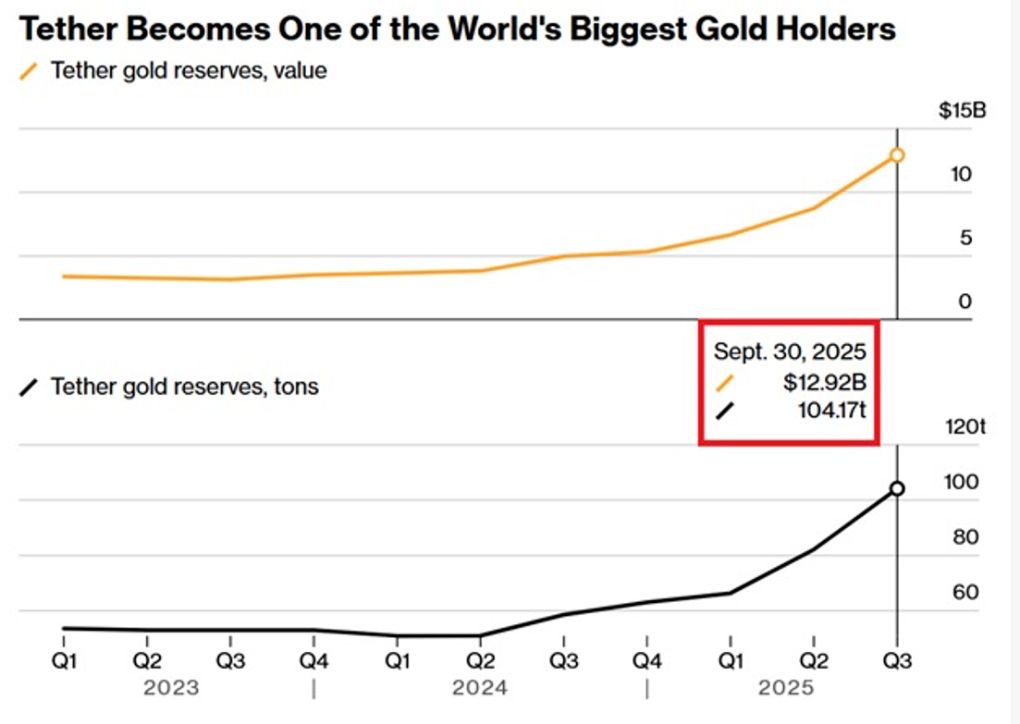CFTC Upgrades Surveillance Tech to Stay Ahead of Crypto Market Moves
- CFTC adopts Nasdaq's Market Surveillance platform to modernize 1990s-era crypto monitoring systems and enhance fraud detection capabilities. - The agency launches Crypto Sprint Phase 2, seeking public input on digital asset commodity classification, DeFi regulations, and blockchain recordkeeping standards. - CFTC collaborates with SEC on regulatory clarity for crypto markets, aligning with broader Washington momentum to shift from enforcement to proactive oversight. - Leadership transitions including Bri
The Commodity Futures Trading Commission (CFTC), one of the most critical agencies in the U.S., is set to enhance its regulatory capacity with the implementation of a new policy and technology framework focused on cryptocurrencies. The agency has announced its adoption of Nasdaq’s Market Surveillance platform, aimed at upgrading its outdated 1990s-era surveillance system to meet the demands of rapidly evolving financial markets, including digital assets [1]. This move is part of a broader initiative to bolster market integrity and fraud detection across traditional and crypto markets, particularly in light of the proposed Digital Asset Market Clarity Act, which seeks to expand CFTC oversight into cryptoasset markets [1].
The Nasdaq technology is expected to provide the CFTC with automated alerts and cross-market analytics, enabling more effective identification of fraudulent, manipulative, or abusive trading activities. Acting CFTC Chairman Caroline D. Pham emphasized the necessity of adapting to innovations such as continuous trading hours and emerging asset classes, stating that modern surveillance tools are essential to staying ahead of potential market abuses [1]. The system will also support the CFTC’s mission to promote transparency and efficiency in market trend analysis, allowing staff to respond more swiftly to suspicious activity [1].
In parallel with these technological upgrades, the CFTC has launched a second phase of its "Crypto Sprint" initiative, seeking public input on a range of recommendations from the White House's Digital Asset Report. The report, released in late July 2025, called for immediate action from the CFTC and the SEC to provide clarity on digital asset trading and regulatory frameworks [2]. The CFTC’s latest initiative extends its first round of feedback, which focused on the listing of leveraged, margined, or financed spot retail commodity transactions involving digital assets. The agency is now seeking comments on broader regulatory issues, including the treatment of digital assets as commodities, collateral requirements, decentralized finance (DeFi) registration obligations, and the potential use of blockchain for recordkeeping [2].
The CFTC’s efforts align with the broader regulatory momentum in Washington, particularly as the SEC has announced its own "Project Crypto" initiative aimed at modernizing securities regulations for on-chain financial activity. SEC Chair Paul Atkins has indicated that many tokens may not be classified as securities, a perspective that could shift the regulatory landscape significantly [2]. These combined actions signal a regulatory pivot from enforcement-based strategies to proactive clarification and oversight, which is expected to support market growth and investor confidence in the U.S. digital asset ecosystem [2].
The agency’s regulatory agenda is also being shaped by recent personnel changes. Acting Chairman Pham is set to return to the private sector following the confirmation of Brian Quintenz as the new CFTC Chair. Quintenz, a former CFTC commissioner and crypto policy head at a16z, has been tasked with steering the agency through an evolving regulatory landscape [1]. Meanwhile, Commissioner Kristin Johnson recently announced her departure, reducing the CFTC’s active commissioner count to just Pham until Quintenz assumes leadership. This transition highlights the agency’s need for continuity as it implements new digital asset policies and collaborates with other financial regulators to address the unique risks and opportunities posed by cryptocurrencies [1].
As the CFTC moves forward with its updated surveillance infrastructure and regulatory initiatives, market participants and stakeholders are encouraged to engage with the agency through public comment processes. The agency’s commitment to transparency and collaboration reflects its broader mission to adapt to the dynamic nature of modern financial markets while ensuring investor protection and market integrity [2].
Source:

Disclaimer: The content of this article solely reflects the author's opinion and does not represent the platform in any capacity. This article is not intended to serve as a reference for making investment decisions.
You may also like
Digital dollar hoards gold, Tether's vault is astonishing!

The Crypto Bloodbath Stalls: Is a Bottom In?

Can the 40 billion bitcoin taken away by Qian Zhimin be returned to China?
Our core demand is very clear—to return the assets to their rightful owners, that is, to return them to the Chinese victims.
